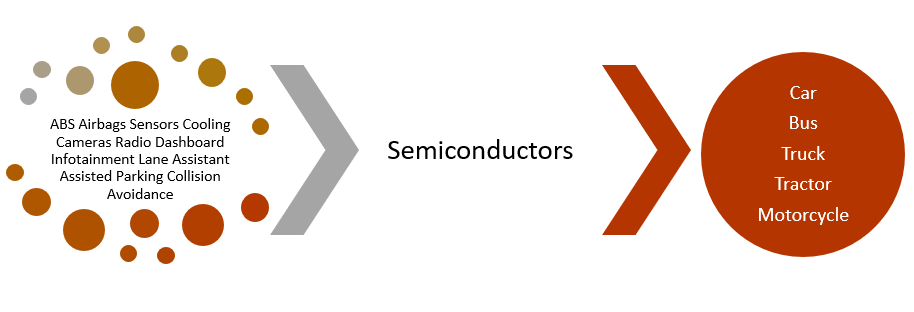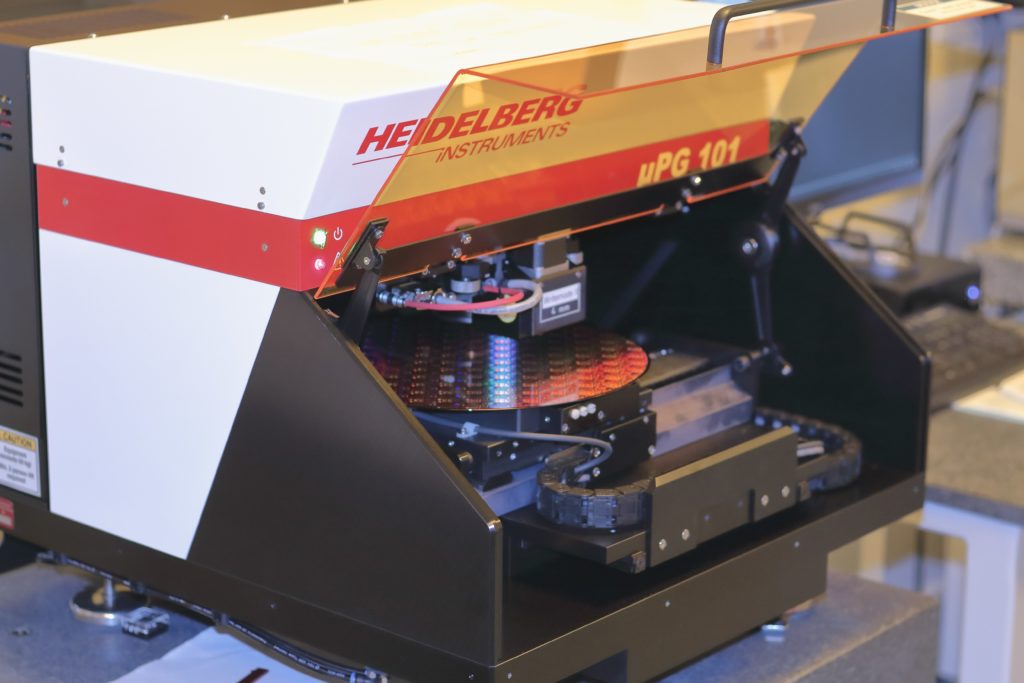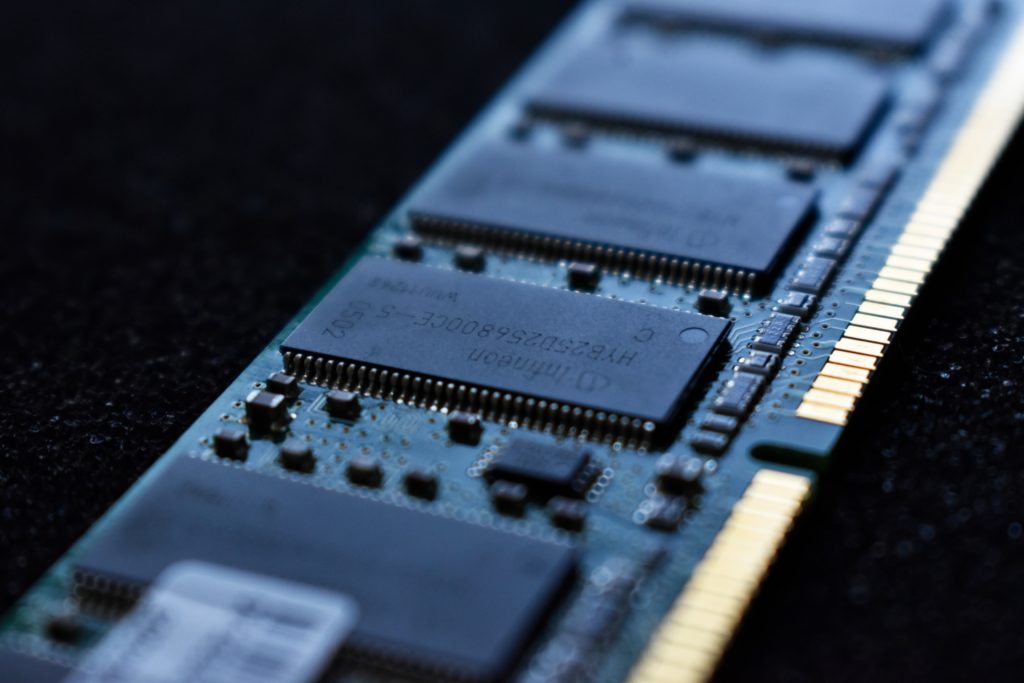Photo by Amin Khorsand on Unsplash
India’s automotive industry is the world’s largest two-wheeler, three-wheeler, and tractor manufacturer. It is also the world’s second-largest bus manufacturer, third-largest heavy truck manufacturer, and fourth-largest car manufacturer.
With the advancement in automotive solutions that will enable sensor-based safe assisted driving, the demand for smart Electronic Component Units (ECUs) will grow for every car, tractors, trucks, buses, and motorcycles that will come out of India’s production unit. Smart semiconductor products have started to change the automotive industry for good.

With the growing demand for automotive vehicles in India and the ability to export it in different regions, isn’t it time to ensure that the semiconductor products that are drivers of smart capabilities are also manufactured in India?
The fairly old and well established automotive industry can surely enable semiconductor manufacturing growth given the increasing demand for smart solutions from infotainment to radar to collision avoidance.
It is being anticipated that in 2030, 80% of the cars driving capability will be based on smart ECUs. Rest 20% will depend on the rules and regulation around level 5 is autonomy.
AUTOMOTIVE INDUSTRY IN INDIA
India has set an ambitious goal to move to alternate-fuels for automotive. First step is 100% electric cars only by 2030. This also means increased demand for semiconductor products that make up the smart ECUs to enable efficient driving.
With each new car having more feature than the last one and all of these features relying on semiconductor solutions, raises the question of how automotive industry can drive semiconductor manufacturing in India.
A very crucial and vital role will be played by the Original Equipment Manufacturers (OEMs). India is already home to all of the top automobile manufacturers that are evenly spread across different clusters and states.
India Will Be The World’s Third-Largest Automobile Manufacturer With A Market Size of $300 Billion By 2026.

Designing of automotive ECUs is actively done in many of the R&D offices by the semiconductor companies in India. However, the majority of these smart solutions are manufactured overseas and then imported by automotive customers back in India.
If all the activities from design to manufacturing of semiconductor products for the auto industry is done in house in India, then the benefits in terms of employment and business are huge.
Any advanced car that is manufactured in 2020, has around 100 million lines of software code that has to meet automotive regulation. The established software industry in India can then provide over the top (OTT) solutions that will quadruple the amount of safety features on top of the smart mobility solution provided by the semiconductor solutions.
LEADERS IN SEMICONDUCTOR AUTOMOTIVE SOLUTIONS
Currently, the leaders in semiconductor manufacturing for the auto industry are all based in the Americas, EU, or East Asia. India certainly is home to all these semiconductor giants but only from designing and R&D point of view, which in itself is a great advantage.
The automobile industry’s growing demand for smart semiconductor solutions in India should be an attractive opportunity. Establishing semiconductor manufacturing units in India not only allows semiconductor design companies to have access to the automobile industry but can also enable the growth of other sectors that they are catering to apart from the auto industry in India.
Having an end-to-end design to manufacturing solutions in India will also help companies innovate faster and enable cost savings without compromising on security and quality.
Another important factor is India’s open market that already has a talent pool to drive innovation. Many companies already heavily invested in R&D activities that can then quickly be tested using the automotive infrastructure.
SEMICONDUCTOR AUTOMOTIVE OPPORTUNITIES
As per Deloitte, the cost contribution of automotive electronics in 2007 was 20% and in 2017 it increases to 40%, and by 2030 it is expected to be 50%. With the way smart mobility is changing the auto industry, it is fair to say that the trend is only going to go up. Alternate fuel will demand more smart semiconductor solutions and many of these are already in use.
From infotainment to lane assistance, all require ECUs that are not manufactured from start to end in India. This has lead to an increase in the cost of semiconductor components.

With the increasing use of electronics in automobiles along with exploding automobile industry, India needs to re-think the policies such that they not only cater to the automotive industry but also enable semiconductor manufacturing.
Having policies that provide more financial and profits based incentives is going to attract foreign direct investment in semiconductor manufacturing much faster than a scheme that only caters to one domain that needs to be started from scratch in India.
AUTOMOTIVE AND SEMICONDUCTOR MANUFACTURING COLLABORATION
India cannot afford to be 100% importer of these electronic semiconductor solutions if it has to be the leader in the automobile industry in the smart mobility world.
The automotive industry in most cases doesn’t require the lowest semiconductor technology node possible. That can be one take away where semiconductor fabrication can be set up for higher technology nodes, which are cost-effective and affordable given India’s history with semiconductor manufacturing. Apart from automobiles, higher technology node can also cater to other segments like smart devices, smartphones, and smart infrastructures.

There are already many greenfield electronics manufacturing clusters that are in the region where automotive companies already have manufacturing units. Collaboration between the automotive and semiconductor industry in India needs to be explored to drive semiconductor automotive manufacturing.
Automotive Electronics Account For 8% of Electronic In India
The sensor market for automotive itself is going to be worth $5 billion by 2022. This is just one of the many segments that automotive in semiconductor solutions for. Adding AI to semiconductor solutions for smart mobility is going to increase the market demand tenfold. Having all such solutions in the house is critical for long term financial and innovation growth.

Designing of advanced automotive semiconductor chips already happens in India. The only hurdle is manufacturing and testing at large scale. The government of India is already looking to expand the local manufacturing of automobile equipment and it is about time to enable the same for semiconductor manufacturing from automobile use.
The success of automobile semiconductor manufacturing in India will surely enable the growth of end-to-end semiconductor manufacturing for different domains.
NXP is a leader in advance autonomous semiconductor solutions from design to manufacturing and below videos show a glimpse of how they do it.



















